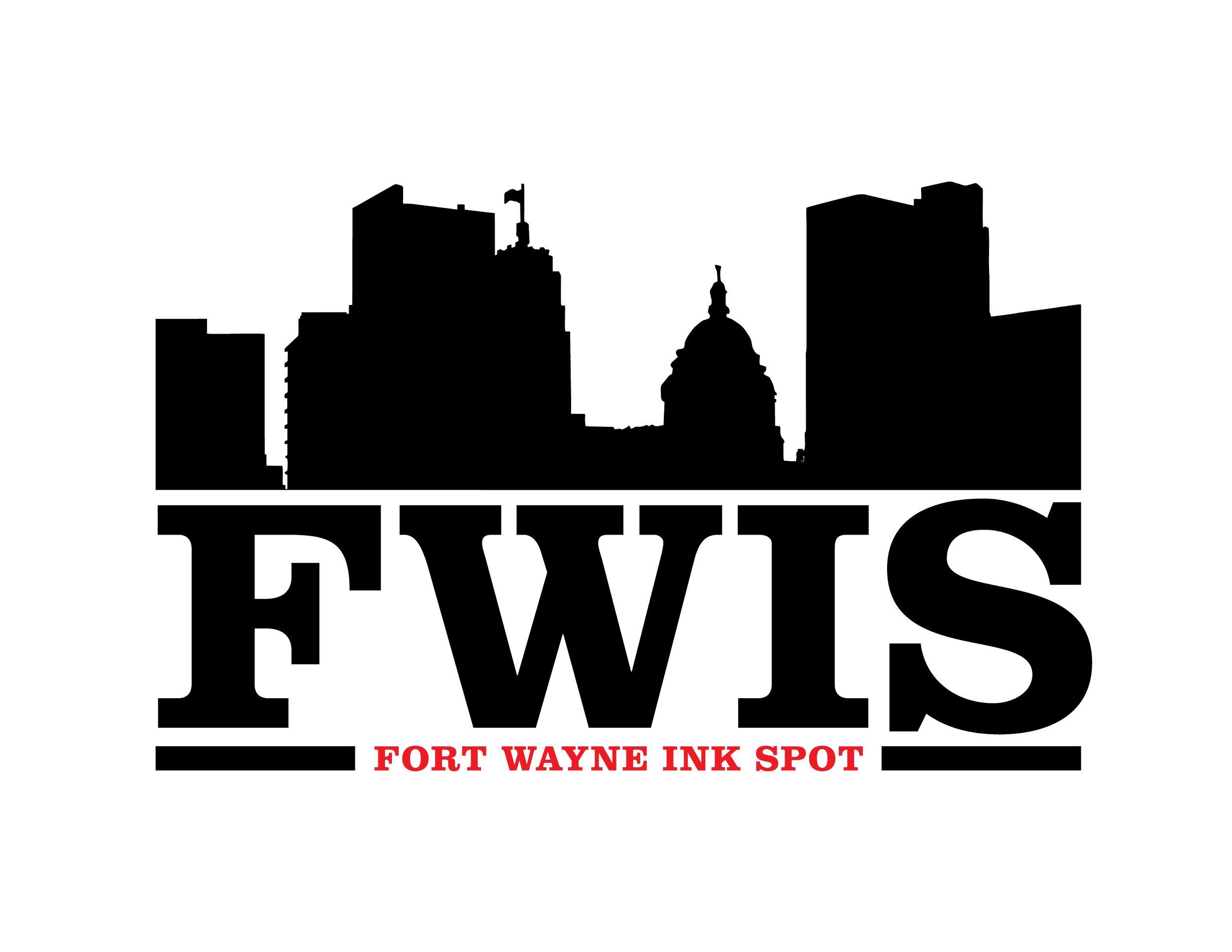In Touch With Our Backstory, Part II

By Betty Miller Buttram
FWIS Contributing Writer
In the FWIS issue of January 19, 2023, I reported on a story about the African American community of Scotland, Maryland nestled in Potomac, Montgomery County, Maryland less than 20 miles from the Washington, D.C. district line. It has survived and so has its church, Scotland A.M.E. Church.
There is an abundance of African American history within Montgomery County, Maryland. The most wealthy city within the county is Potomac, Maryland; however, Bethesda, Maryland is not too far behind. It’s all about the zip code.
There were no zip code designations during the 19th and 20th century after the Civil War ended. Maryland had farmland and seasonal mills that provided work to folks in Offutt’s Crossroads, which changed its name to Potomac, Maryland. In 1875, a small group of about 60 formerly enslaved men and women migrated from Tennessee to Maryland seeking a better life. These former slaves established a community called Tobytown just off the banks of the Potomac River, near the C&O Canal.
It was an isolated area of land not very friendly for farming because of the marshy area in that agricultural region. The former slaves found work on the prominent farms; the men as farm hands and the women became maids or housekeepers. They bought the land in Tobytown to build their houses. But the residents were remotely located off the main paths to get the basics that they needed to maintain their homes. Much later, the area farms and mills gave way to suburbanization, and the people of Tobytown would suffer with long-term unemployment, discrimination, lack of running water or electricity and little access to transportation.
They lived in a “pocket of poverty.” For years none of the homes or “shanties” had plumbing or access to sewer lines. The entire community used a single outdoor lavatory and one well with a hand pump. They had no garbage collection. The houses had no electricity or central heating (they used wood-fired stoves). It was hard to make a living in the area, but one could find work as a seasonal farm laborer, in construction or as a truck driver. As remote as the “enclave” was, unscrupulous farmers and their business assoicates milked some of them out of their property and some of them became renters; subsequently the residents remained poor.
During the Civil Rights Movement, Tobytown caught the attention of activists who noted that one of the wealthiest communities in Montgomery County was Potomac, and it had this “pocket of poverty” within its boundaries. Also, during that time, one of the Tobytown residents filed a lawsuit against a wealthy Potomac neighbor for fraudulently taking his land. That action got some attention.
In 1965, money started pouring in from Federal and local government; VISTA volunteers arrived, businesses donated time and workers; liberal Montgomery County residents pressed for better living conditions and built a $20,000 community center.
In 1972, the Montgomery County’s Public Housing Authority bought the land, and 26 federally subsided clapboard homes replaced the shanties that were razed. By the year 1982, there were washers and dryers in all the homes, and some had air conditioners, a tennis court, a basketball court, and the community center. All of that sounds good after the prev. The residents paid 25 percent of their income as rent with a portion of it applied toward the purchase of their homes. Afterall, the homes were constructed with a $775,000 loan from the Department of Housing and Urban Development. The average prices of the homes ranged from $27,000 to $30,000.
Things didn’t quite work out that well. Tobytown was still located at least five miles away from the nearest transportation and still racially segregated. The residents needed to maintain jobs to qualify for a mortgage loan on homes on the land that once belonged to their ancestors. How could they possibly do that without public transportation? A car would have been desirable but most of them didn’t own one. To get to a job, residents had to walk at least two to five miles. Public transportation finally made it to Tobytown in 2016, years too late; years after the conscious attention of the federal and local government, and Potomac citizenry trying to prove itself as an accommodating neighbor to a small African American enclave within its boundaries.
There are still residents in Tobytown, most of them descendants of the former slaves. Another significant fact about Tobytown is its cemetery. It contains the remains of 20 to 30 graves of the original residents and their families. There are approximately two dozen unmarked red sandstones scattered throughout the burial site. Tobytown is now pressing Montgomery County to do something about it.
The upkeep of the cemetery is the responsibility of Montgomery County’s public housing agency, the Housing Opportunities Commission which handles maintenance and capital improvements at the 26 federally subsidized homes in Tobytown. There are 19 homeowners among the 26 who lived in the small enclave. Housing officials have said that the absence of a homeowners’ association has hindered Tobytown’s ability to act collectively on projects such as the cemetery.
So, the cemetery remains unattended by the Montgomery County government who owns the land and collects mortgage and rental payments from the residents who lived in the houses on land which was first owned by their ancestors. However, the present Tobytown residents have friends who have established a fund site to aid them in their financial endeavor to clean up the Tobytown Cemetery. Stay In Touch for Part III of another African American history story.
